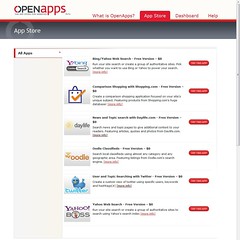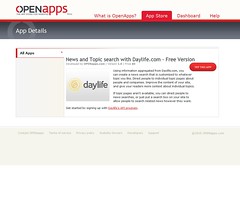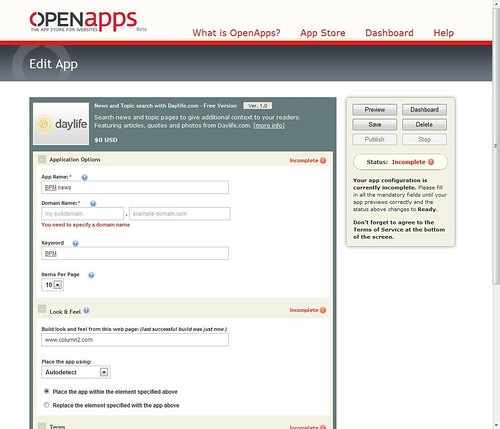Adrian Hopkins from TD’s Visa Systems and Technology group talked about their experiences with Pega, through various major upgrades over the years and now with SmartBPM for multi-channel customer management in their call centers. TD is one of Canada’s “big five” banks, but is also the 6th-largest bank in North American due to its diverse holdings in the US as well as Canada, serving 17 million customers. They’ve been a Pega customer for quite a while; I first wrote about it back in 2006
8-10% of TD’s workforce – 7,000 employees – are in call centers spread across 23 locations in North American and India, handling 47 million calls per year, hence their need to commoditize the agent and provide the ability to route any call to any center and have the customer’s questions answered satisfactorily. The key here is service leveling: providing the same level of service regardless of from where the call is serviced, through training, access to technology and information, and scripting. The goals were to improve service levels, increase capacity, and providing opportunities for up-selling by the agents while they have the customer on the call. TD is using BPM automation to achieve some of this – automating fulfillment and integrating disparate systems – plus providing more intuitive processes that require little training. In one example, they’ve consolidated the content and functionality of 12 different mainframe green screens into a single screen that can be used to handle a majority of the inbound calls; another allows them to process a credit card fraud claim in a single screen and a small number of steps, replacing an overly-complex manual process of 95 steps that involved managing the claim, handling the fraud and replacing the car. In the latter case, they’ve moved to a completely paperless process for handling a fraud claim, and reduced the case handling time from 7 hours down to minutes. Interestingly, they didn’t take away the old green screen methods of doing things when they deployed the new system, since some of the call center old-timers insisted that it was faster for them; however, they gradually removed the access since the new interfaces enforced rules and procedures that were not built into the green screens, generally improving quality of service.
They’re looking at savings and benefits in several areas:
- Reduce training time: at a 10% attrition rate, saving one week of training per new employee means a savings of $750,000/year
- Reduce callback rates, which increases customer satisfaction as well as increasing agent capacity
- Improve compliance, and reduce the cost of achieving and proving compliance
- Increase customer-facing time due to less follow-up paperwork, increasing agent capacity
- Reduce secondary training requirements by guiding agents through complex inquires, allowing less-skilled agents to handle a wider variety of calls, and reducing handoffs
- Increase ability to drive incremental sales from every contact, or “would you like fries with that?”, although they’re not yet actively doing this in their implementation
They’re still using SmartBPM 5.3, but are looking forward to some of the new capabilities in version 6, which should reduce the amount of code that they’re writing and allow them to put more control of the business process rules in the hands of the users.
Based on the screen snapshots that we saw, however, they’re still building fairly large desktop applications; this must be impacting their agility, in spite of their Agile approach, even though it is providing a huge benefit over using the green screens directly.






